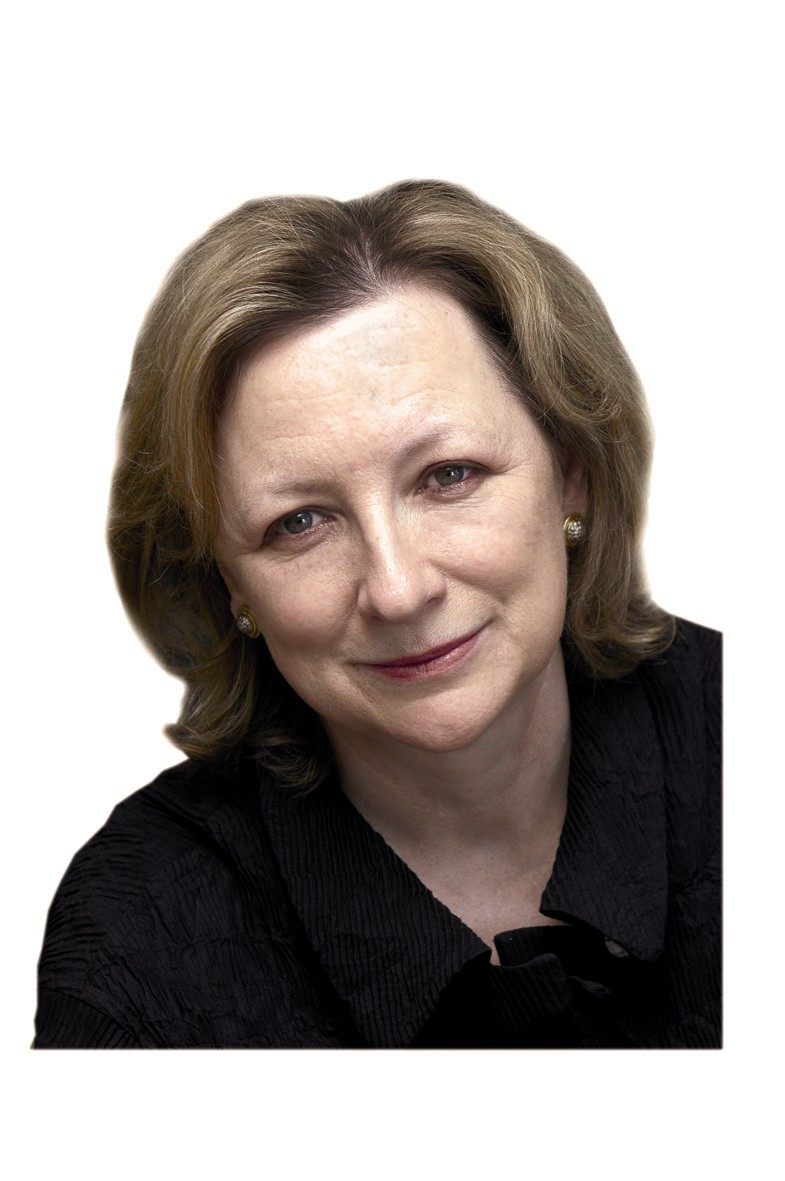Carla Carlisle on irrational expectations
Carla Carlisle is drawn to thinking about JK Galbraith's The Great Crash 1929 and reflects on the tendency of perfectly sane people to be captured by euphoria


My back is hunched and my eyes are bloodshot from pouring over all the bad news. It’s felt like a crash course in economics, except that the word crash is used only to say that this is the gravest economic meltdown since the Crash in 1929. Perhaps that’s why one story stood out. Erica Wagner, literary editor of The Times, wrote that she was employed at that newspaper, rather than living the life of an indolent heiress, thanks to the Wall Street Crash of 1929. Her grandfather, a broker, lost everything. Although he eventually rebuilt his business, caution was burned into him. When a man walked into his office in the mid-1930s with a camera that developed pictures instantly, her grandfather was too risk-averse to invest in such a novel invention.
The man was Edwin Land, the camera was the Polaroid, and Erica Wagner works for a living. Fans of Miss Wagner’s writing and the pages she edits are beneficiaries of the Crash and its legacy of caution. Her family history lead her to read J. K. Galbraith’s The Great Crash 1929, published in 1955 and never since out of print. Galbraith said that writing the book was a marvellous introduction to mass insanity. He also used to tell his Harvard students that if they ever heard someone say ‘We have entered a new era of permanent prosperity, no more boom and bust’, they should run for cover, because it meant that financial idiocy had truly triumphed and history, all history, was being rejected.
I’ve lost my copy of The Great Crash, but last week, I found a slender novel by Galbraith in an Oxfam bookshop. Called The Tenured Professor, it’s about an economics professor called Montgomery Marvin. After he graduates from Harvard, he spends a year at Cambridge on a Marshall Scholarship. One day, he finds a book in Heffer’s about Bernie Cornfeld and the Investors Over-seas Services, a tale of what one man had accomplished in the uninhibited world of high finance. Cornfeld’s operation ended in disaster, but it leads the young professor through three centuries of spectacular speculations, from tulipmania to the South Sea Company and the railroad boom in the 1880s. All ended in collapse, but Marvin sees a pattern: inherent in the economic system is the tendency of perfectly sane people to be captured by euphoria. As Walter Bagehot, long-time editor of The Economist put it: ‘People are most credulous when they are happy.’
The professor’s reflections in Cambridge stay with him as he works on his PhD in Berkeley. He decides to practise on Bank of America, conveniently located nearby. He wants to determine how much its glowing prospects are based on reality, and how much on the euphoria of past success and unsupported hope. He figures the rates of managerial optimism and the resultant price of the bank’s stock to be approximately twice the figure of real value of that stock. He calls his measurement the Index of Irrational Expectations (IRAT), an economic forecasting model that identifies speculative folly for the advantage of the sensible investor. Applied to the stock market, IRAT produces millions, and soon the professor becomes a financial titan.
How? He borrows stock, sells it at the current price, then, when the price goes down, replaces it and keeps the difference. It’s the exact prototype of ‘short selling.’ Galbraith wrote his novel 20 years ago, but it reads like the Weekend FT. If I’d read it this time last year, I’d have been tempted to go into short selling myself because it seems so simple, so obvious, and because all the firms that have just fallenwere showing all the signs of the deluded optimism that Galbraith’s professor looked for. Meanwhile, I’m looking for any signs of optimism.
The best I can come up with is that this crash may do away with aimless heiresses and create good writers. Optimism indeed.
Exquisite houses, the beauty of Nature, and how to get the most from your life, straight to your inbox.
Country Life is unlike any other magazine: the only glossy weekly on the newsstand and the only magazine that has been guest-edited by His Majesty The King not once, but twice. It is a celebration of modern rural life and all its diverse joys and pleasures — that was first published in Queen Victoria's Diamond Jubilee year. Our eclectic mixture of witty and informative content — from the most up-to-date property news and commentary and a coveted glimpse inside some of the UK's best houses and gardens, to gardening, the arts and interior design, written by experts in their field — still cannot be found in print or online, anywhere else.
